 |
 |
 |
 |
 |
 |
 |
 |
 |
 |
 |
 |
 |
 |
 |
 |
 |
 |
 |
 |
 |
 |
 |
 |
 |
 |
 |
 |
 |
|
|
The Fate of Mexico's Imperial Family |
|
|
|
 |
|
|
|
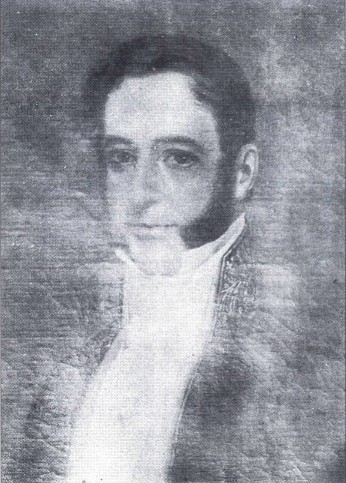 |
|
|
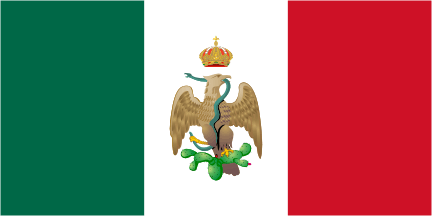 |
|
|
|
|
|
 |
|
|
|
|
|
|
|
|
Prince Imperial or Agustin II |
|
|
|
Although often forgotten, the Mexican Imperial Family did not drop off the world when the monarchy was abolished. Emperor Agustin I and Empress Anna Maria had eleven children; his eldest son and heir Prince Imperial Agustin Jeronimo de Iturbide y Huarte, Prince Angel de Iturbide y Huarte and Prince Salvador de Iturbide y Huarte being the most significant. Prince Imperial Agustin was a veteran of the battle of Ayacucho in Colombia with the "George Washington of South America" Simon Bolivar. He later worked at the Mexican legation in London and when the Papal States came under attack by Italian nationalists he volunteered for service in the Papal Army. Because he never married he was not a suitable candidate for restoration when the French and Mexican loyalists began their effort to resurrect the empire. |
|
|
Prince Angel married Alice Green in the United States and had one son, Don Agustin de Iturbide y Green. Prince Salvador married Rosario de Marzan y Guisasola and the future of the Mexican succession would rest with his only son Prince Salvador de Iturbide y de Marzan. Since the Emperor Maximilian and Empress Carlota were unable to have children, they decided to adopt two grandsons of Emperor Agustin to both ensure the succession and to restore the House of Iturbide so that the Mexican monarchy would be returning to its native roots and be free of attachment to the Hapsburgs or Bonapartes. The two grandsons they adopted were Don Agustin de Iturbide y Green and Don Salvador de Iturbide y de Marzan. The two boys were adopted and given the titles of Prince of Iturbide after the final agreement between the two families on September 15, 1865. |
|
|
|
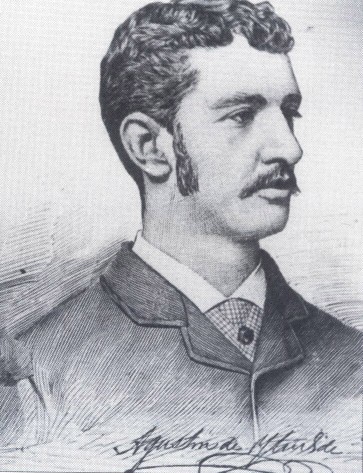 |
|
|
|
Prince Imperial Agustin Iturbide y Green |
|
|
|
At the request of Emperor Maximilian, Prince Angel abdicated his rights in favor of his son Agustin and Prince Imperial Agustin de Iturbide y Huarte approved of the adoption. Following the execution of Emperor Maximilian young Prince Agustin succeeded to Head of the Mexican Imperial House of Hapsburg-Iturbide on June 19, 1867. He became the focus of monarchist sentiment in Mexico despite renouncing his rights in order to serve in the Mexican army. Because of his public following, which included monarchists, general conservatives and the Church, and his writings in opposition to the ruling regime, in the 1890?s he was imprisoned for 14 months by the government of the Mexican dictator Porfirio Diaz who had been one of the generals of Benito Juarez and a chief antagonist of his adopted father Emperor Maximilian. Upon his relief Diaz confiscated all of his property and exiled him from Mexico, though as an adopted son of Maximilian, both he and Don Salvador were given a pension by Emperor Francis Joseph of Austria, their adopted uncle. He worked as a university professor of French and Spanish in Georgetown, Washington DC, where he died on March 3, 1925 . Interestingly enough, Empress Anna Maria, wife of Emperor Agustin I was buried not far away in Philadelphia, Pennsylvania. |
|
|
|
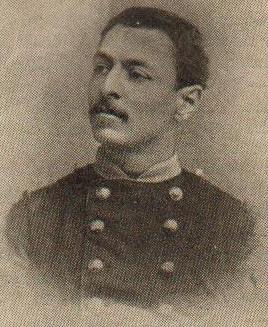 |
|
|
Prince Salvador de Iturbide y de Marzan |
|
|
|
After the death of Prince Agustin the Iturbide dynasty continued in the family of his cousin, Don Salvador. Prince Salvador de Iturbide y de Marzan had lived in Europe since the fall of the monarchy and became close friends with the Hungarian Baron Gyula Gaspar Mikos de Tarrodhaza. Prince Salvador knew his brother, Johann Mikos, who had served in the Imperial Mexican Army as part of the volunteer corps sent from Austria-Hungary to aid Emperor Maximilian. It was there in Hungary that Prince Salvador met the Baron's sister Gizella who he eventually married at the Mikos family castle on June 21, 1871. The couple had three daughters and became leading figures in Venice where they made their home. In the world of exiled royals Prince Salvador became friends with the Carlist pretender Don Carlos VII, Duke of Madrid. He died in 1895 at the age of 45 from appendicitis. Therefore, upon the death of his brother Agustin the leadership of the House of Hapsburg-Iturbide passed to Princess Maria Josefa Sophia de Iturbide, the eldest daughter of Prince Salvador. |
|
|
|
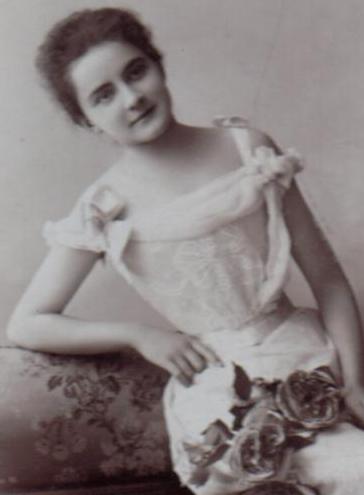 |
|
|
|
Princess Josepha Sophia de Iturbide |
|
|
Princess Maria Josepha Sophia was a very traditional lady, and a devout Roman Catholic who stayed as far away from politics as she could. On March 12, 1908 she married the Austro-Hungarian cavalry officer Captain Baron Johann Nepomuk Adolf Ferdinand Josef Tunkl von Aschbrunn und Hohenstadt. She married her second husband, Charles de Carriere in 1923. After World War II the Princess and her husband were imprisoned in a Romanian internment camp by the invading communist government as "class enemies". The couple died shortly thereafter under mysterious circumstances. Upon her death, according to her will and the agreement of her two daughters, the leadership of the Mexican Imperial Family passed to her grandson, Count Maximiliano Gustav Albrecht Richard Agustin von Goetzen-Iturbide, the son of Baroness Maria Gizela Josefa Izabela Tunkl-Iturbide, who had been born in Hungary in 1944.
Count Maximilian continues to be head of the Iturbide dynasty but has made no attempt to press his claim to the imperial throne of Mexico. He is married and currently lives in Australia where he is a successful business man. His heir apparent is his son Count Fernando Leopold Maximiliano Gustav Salvador Goetzen Iturbide who was born at Perth, Australia on August 26, 1992. |
|
|
|
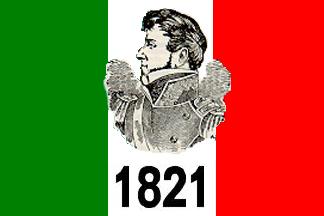 |
|



